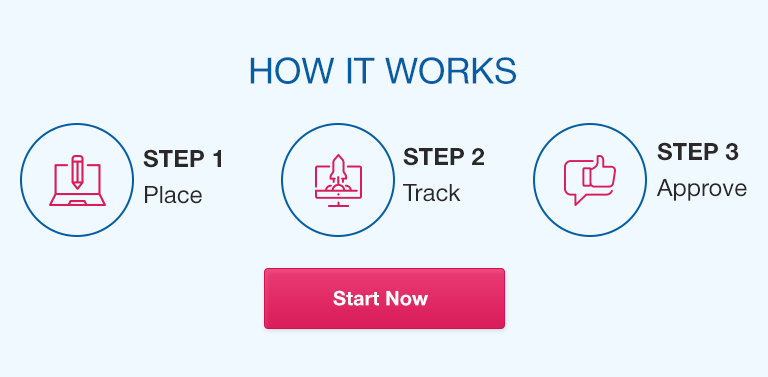|
CRJ325: Criminal Procedure |
Week 9 Assignment – Constitutional Amendments and Criminal Justice Process Template
Name: Click or tap here to enter text.
Professor Name: Click or tap here to enter text.
Date: Click or tap here to enter text.
Instructions
For each Constitutional amendment:
Provide the 4th, 5th, 6th, and 8th Constitutional amendments along with your interpretation of them and their importance.
Illustrate with an example how the amendment applies to a player and a step in the criminal justice process (e.g., 4th amendment—law enforcement—arrest).
You will need to refer to the 3Ps of Criminal Justice graphic you have been reviewing throughout the course.
Illustrate with an example, from case law or contemporary articles, how the amendment applies to the particular player and step in the criminal justice process.
Note:
The 4th Amendment is completed for you as a guide to completing the 5th, 6th, and 8th amendments.
Remember to use your work from this week’s discussion when completing the 5th and 6th amendments.
Consult the Constitutional Amendments Resources List for links to help you with your research.
Remember to use SWS to properly cite your sources.
|
Amendment/Interpretation/Importance |
Player/Step/Example/ |
Example from Case Law or Contemporary Article. (This database will help you complete this column: |
|
4th Amendment The 4th amendment states: “The right of the people to be secure in their persons, houses, papers, and effects, against unreasonable searches and seizures, shall not be violated, and no warrants shall issue, but upon probable cause, supported by oath or affirmation, and particularly describing the place to be searched, and the persons or things to be seized” (1). The 4th Amendment protects people against unreasonable search and seizure of their person, property, and belongings. It also includes warrants. For example, it sets requirements for issuing warrants. A judge or magistrate must issue warrants, and they must be backed up by facts and supported under oath. A government with extreme overreach would be difficult to live under. Therefore, the founding fathers included the 4th Amendment, which protects citizens from unreasonable and searches both warranted and warrantless. |
Law Enforcement—Preliminary Investigation As an example, police detectives have taken statements from an informant under oath pertaining to the whereabouts of a robbery suspect. The officers believe evidence exists at a certain location based on the informant’s statements and eyewitness testimony. They go to the court seeking a search warrant for that specific location and state their evidence to the judge. The judge then decides based on the facts. |
The United States Supreme Court issued a 6-3 decision in 2015 in In |
|
5th Amendment |
||
|
6th Amendment |
||
|
8th Amendment |
Sources
1. Constitute Project. No date. Constitution of the United States of America.
1. Oyez. No date. Rodriguez v. United States.
1. Oyez. No date. Terry v. Ohio.
© 2020 Strayer University. All Rights Reserved. This document contains Strayer University Confidential and Proprietary information and may not be copied, further distributed, or otherwise disclosed in whole or in part, without the expressed written permission of Strayer University.
Page 2 of 3


